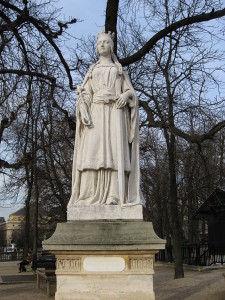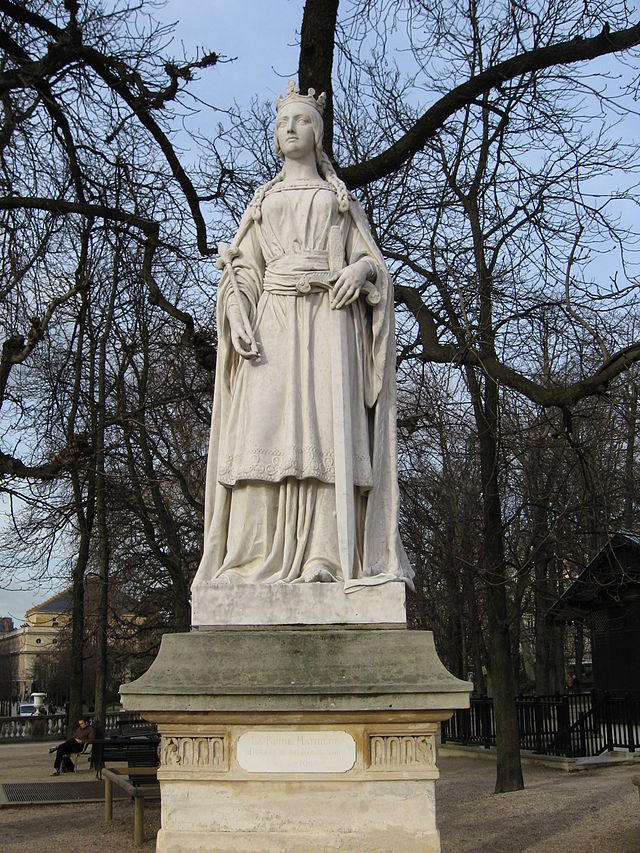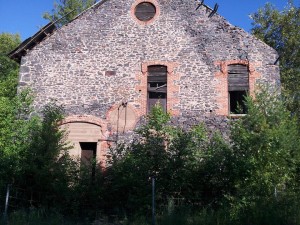 (Image Courtesy of Wikipedia) Statue of Matilda of Flanders
(Image Courtesy of Wikipedia) Statue of Matilda of Flanders
This biography is well researched and draws upon a variety of sources. The author, Tracy Borman, does an excellent job of taking what could otherwise be dry, lifeless text and makes it into a relatable and accessible work of prose. The work sets up Matilda in context of her relations to her natal family as well as some of the political climate of the time. There are plenty of examples of other ruling females from the time, which I would be keen to know more about. However, this work seem to, at least at this point, have one major flaw: even though it is a work centered around Matilda, much of it is a revisit of historical thought on the men in her life, not on her. This may be due to scant evidence, but I was honestly excited to find out more about her, not William, not the Bayeux Tapestry, not the Battle of Hastings… her. While it is fascinating to see more work done on William that paints him in a more sympathetic light (instead of only a warlike and cruel invader), this central focus on this work is purportedly Matilda, not her husband. And while the author’s gift of prose is shown in describing the Battle of Hastings in detail (as well as setting up the context of the battle, in terms of Harold, the Oath, and the battles he’d fought against Tostig just before) that brings the battle to life and helps the reader to connect with the important event… where is Matilda? Oh, she’s at home, ruling Normandy. Doing a bang up job of it too, which Borman does a fantastic job of relating to the reader. Also interesting that while the Tapestry was rightfully mentioned in the book, there are other volumes that do a better job of describing in detail and research the various theories of where it was created, who commissioned it, and for what reasons. Andrew Bridgeford’s 1066: The Hidden History of the Bayeux Tapestry is one such work. Borman, after discussing the various origin stories of the Tapestry concludes that it most likely wasn’t Matilda, after all, who commissioned it or worked on it. So, then, why spend so much time and valuable space to bring it up?
Without the filler of work on William, Matilda’s family or the Tapestry, the book would probably be 3/4 of its final length. However, especially for a casual reader, this book is still a valuable and engaging read. As an introduction to the world of Anglo-Saxon and Norman England, this does a fantastic job of making the peoples, ideas and political climate of the time and place relatable and interesting.
Rating: 4.5/5 Owls
Why Owls? Because everyone is fond of owls, and they’re wise.


